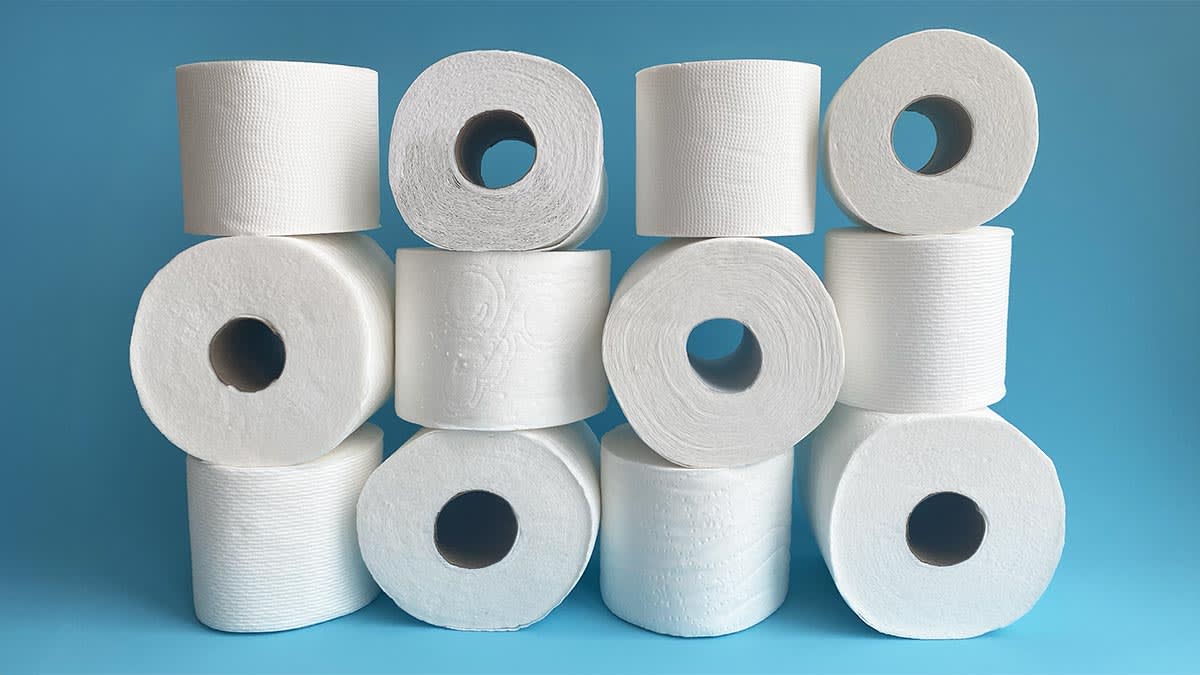Where Is Charmin Toilet Paper Made?

Charmin is a household name in the United States and beyond, known for its ultra-soft, ultra-strong, and highly absorbent toilet paper. But one common question many curious consumers ask is: Where is Charmin toilet paper made? With so many global brands outsourcing manufacturing or operating overseas, it’s natural to wonder where the beloved toilet paper brand is actually produced.
In this article, we’ll explore everything you need to know about Charmin’s production locations, the company behind the brand, how it ensures product quality, and what its manufacturing means for American jobs and supply chains. If you’ve been searching for the answer to where Charmin toilet paper is made, this guide offers a deep dive into the production process, plant locations, and more.
Who Makes Charmin Toilet Paper?
Procter & Gamble (P&G): The Company Behind the Brand
Charmin toilet paper is manufactured by Procter & Gamble (P&G), one of the largest and most recognizable consumer goods companies in the world. Headquartered in Cincinnati, Ohio, P&G owns a vast portfolio of household brands, including Bounty, Tide, Pampers, and Crest.
Founded in 1837, P&G has a long history of American manufacturing and innovation. The company launched the Charmin brand in 1928 and has continuously evolved it to meet modern consumer expectations for comfort, performance, and sustainability.
Where Is Charmin Toilet Paper Made?
Charmin Production Facilities in the United States
Charmin toilet paper is primarily made in the United States, with several manufacturing plants across the country. Notable production sites include:
- Albany, Georgia
- Green Bay, Wisconsin
- Cape Girardeau, Missouri
- Mehoopany, Pennsylvania
- Box Elder, Utah
Each of these facilities plays a crucial role in producing various P&G paper products, including Charmin, Bounty paper towels, and other tissue products.
Domestic Manufacturing: Why It Matters
By producing Charmin domestically, Procter & Gamble is able to:
- Maintain strict quality control
- Support American jobs and communities
- Reduce reliance on overseas supply chains
- Ensure faster shipping and restocking in local stores
During times of high demand—such as the 2020 global pandemic—domestic production helped P&G respond quickly to spikes in consumer purchasing.
Are Any Charmin Products Made Outside the U.S.?
While the majority of Charmin toilet paper sold in the U.S. is made domestically, some products sold internationally may be produced in other regions. P&G operates global manufacturing facilities in countries like Canada, Mexico, and Germany. However, for U.S. consumers, the products you find on store shelves are overwhelmingly made within the country.
How Is Charmin Toilet Paper Made?
Step-by-Step Overview of the Manufacturing Process
- Sourcing Raw Materials
Charmin uses pulp from responsibly managed forests. The pulp is either virgin fiber or a mix with recycled content, depending on the product line. - Pulp Preparation and Refinement
The pulp is mixed with water and treated to create a soft, consistent material that’s ready for paper production. - Sheet Formation and Drying
The pulp is spread into thin sheets and dried using heated rollers and high-pressure drying systems. - Texturing and Layering
The iconic softness and strength of Charmin come from its layered structure and texturing process, where the sheets are pressed and patterned. - Cutting, Rolling, and Packaging
Once formed, the toilet paper is rolled, cut into individual sizes, and packaged for distribution.
What Makes Charmin a Popular Brand?
Superior Softness and Strength
Charmin is known for its signature features, such as:
- Cushiony softness
- Durability and strength
- Excellent absorbency
- Multi-ply options for user preference
These qualities are a result of meticulous manufacturing techniques and consistent quality control at every production site.
Environmental Responsibility
Charmin participates in sustainability initiatives, including:
- Forest stewardship certification
- Reduced water and energy usage in manufacturing
- Recyclable packaging options for select products
Common Questions About Charmin’s Production
Is Charmin Toilet Paper Made in China?
No, Charmin toilet paper is not made in China for the U.S. market. The brand is produced primarily in the United States by P&G, with some international manufacturing depending on regional distribution.
Does Charmin Use Recycled Paper?
Charmin Ultra Soft and Ultra Strong lines are made from virgin fiber for maximum softness and strength. However, P&G offers alternative product lines that may incorporate recycled materials, especially under different brand names.
Are All Charmin Products Made in the Same Factory?
No. Different Charmin products—like Ultra Soft, Ultra Strong, and Mega Rolls—may be manufactured at different plants depending on capacity, regional demand, and production specialization.
Economic and Community Impact of Charmin Manufacturing
Job Creation and Economic Contribution
Charmin’s production facilities employ thousands of Americans in manufacturing, logistics, and management roles. The ripple effects support local economies, from supply chain partners to retail distribution networks.
Community Engagement
P&G facilities often engage in:
- Local charity events
- Disaster relief efforts
- Environmental conservation programs
This strengthens the connection between the brand and the communities where it operates.
What Should You Look for When Buying Toilet Paper?
When shopping for toilet paper—Charmin or any other brand—keep these factors in mind:
- Ply Count: Indicates thickness and softness (1-ply, 2-ply, etc.)
- Roll Size: Standard, double, mega, and jumbo rolls vary in quantity and price
- Material: Virgin pulp vs. recycled content
- Certifications: Look for eco-certifications if sustainability is a priority
Conclusion: Where Is Charmin Toilet Paper Made?
Charmin toilet paper is proudly made in the United States, with key production facilities spread across multiple states. Manufactured by Procter & Gamble, Charmin remains a leading brand thanks to its focus on quality, innovation, and domestic production.
If you value buying American-made products, choosing Charmin supports not only local economies but also high standards in quality and environmental responsibility.
Do you always check where your household products are made? Let us know your thoughts or explore more brand insights in our related guides.




